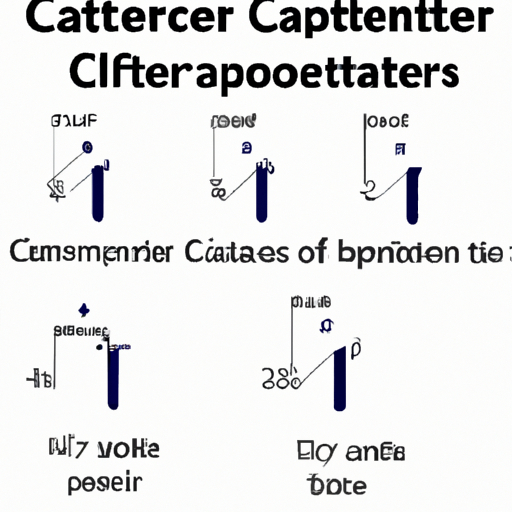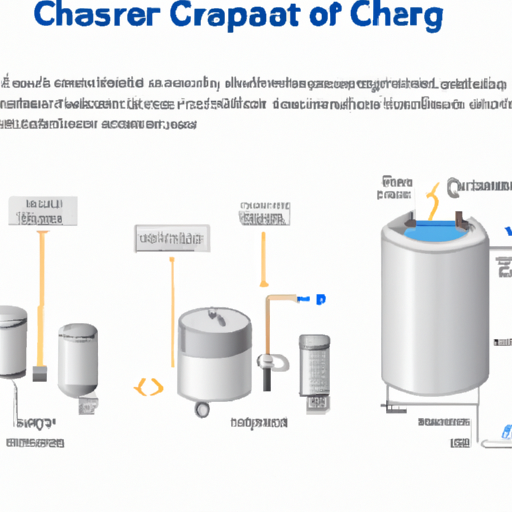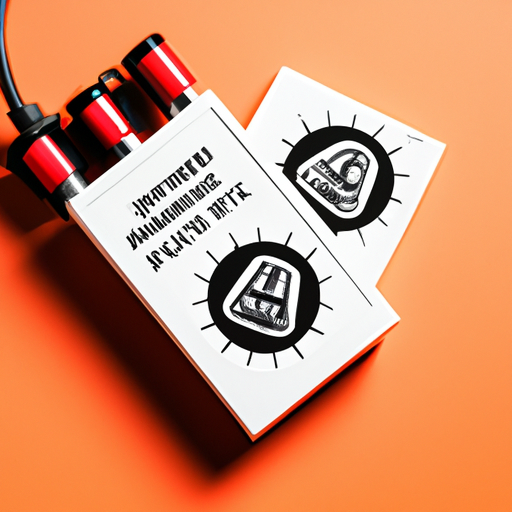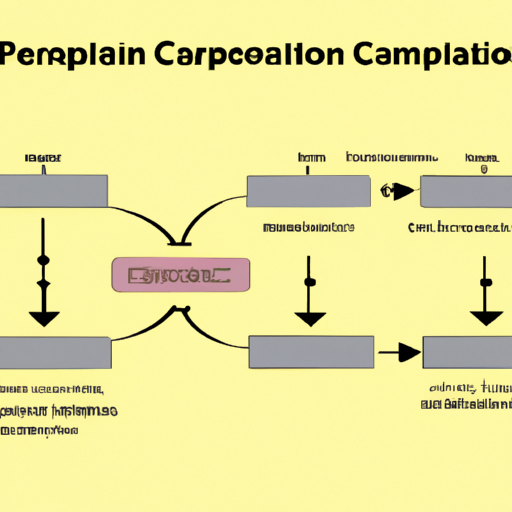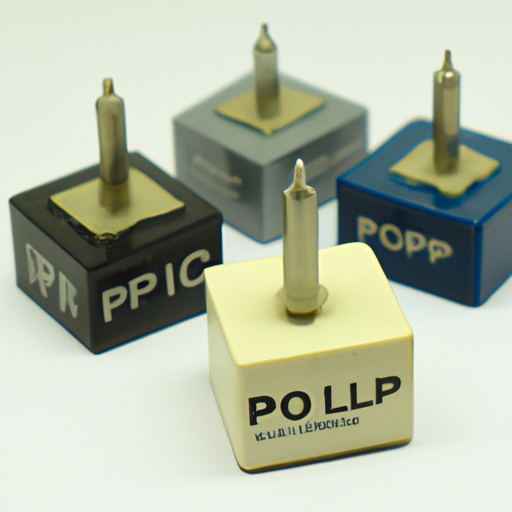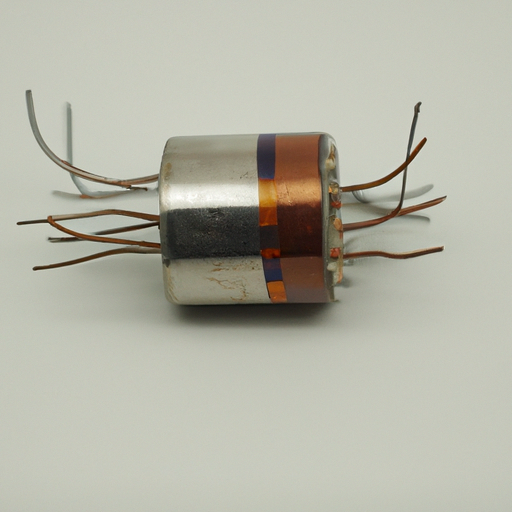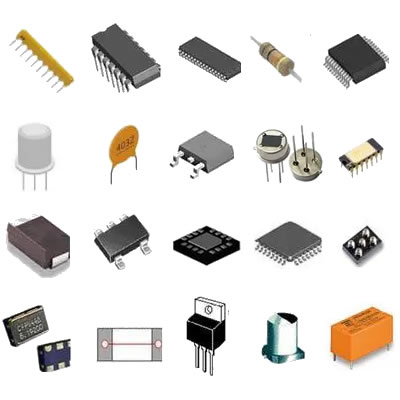An article will help you understand what capacitor parameters are
Understanding Capacitor Parameters
I. Introduction
Capacitors are fundamental components in electronic circuits, playing a crucial role in energy storage, filtering, and signal processing. They are essential in various applications, from power supply circuits to audio equipment. Understanding the parameters that define capacitors is vital for engineers, hobbyists, and anyone interested in electronics. This article aims to explain the key capacitor parameters, helping you make informed decisions when selecting and using capacitors in your projects.
II. Basic Concepts of Capacitors
A. What is a Capacitor?
A capacitor is a two-terminal passive electronic component that stores electrical energy in an electric field. It consists of two conductive plates separated by an insulating material known as a dielectric. When a voltage is applied across the plates, an electric field develops, allowing the capacitor to store energy.
1. Structure and Components
The basic structure of a capacitor includes:
Plates: Conductive materials (often metal) that store charge.
Dielectric: An insulating material (such as ceramic, plastic, or electrolytic) that separates the plates and affects the capacitor's performance.
2. How Capacitors Store Energy
Capacitors store energy in the form of an electric field created between the plates when a voltage is applied. The amount of energy (E) stored in a capacitor can be calculated using the formula:
\[ E = \frac{1}{2} C V^2 \]
where \( C \) is the capacitance in Farads and \( V \) is the voltage across the capacitor.
B. Types of Capacitors
There are several types of capacitors, each with unique characteristics and applications:
1. Ceramic Capacitors
These capacitors use a ceramic material as the dielectric. They are widely used due to their small size, low cost, and stability. Ceramic capacitors are ideal for high-frequency applications.
2. Electrolytic Capacitors
Electrolytic capacitors are polarized and typically have a higher capacitance value. They are commonly used in power supply circuits for smoothing and filtering applications.
3. Film Capacitors
Film capacitors use a thin plastic film as the dielectric. They are known for their stability and low ESR, making them suitable for audio and high-frequency applications.
4. Tantalum Capacitors
Tantalum capacitors are also polarized and offer high capacitance in a small package. They are often used in compact electronic devices but require careful handling due to their sensitivity to voltage and temperature.
5. Supercapacitors
Supercapacitors, or ultracapacitors, have extremely high capacitance values and can store large amounts of energy. They are used in applications requiring rapid charge and discharge cycles, such as energy storage systems.
III. Key Capacitor Parameters
Understanding the key parameters of capacitors is essential for selecting the right component for your application.
A. Capacitance (C)
1. Definition and Units (Farads)
Capacitance is the ability of a capacitor to store charge per unit voltage. It is measured in Farads (F), with common subunits being microfarads (µF) and picofarads (pF).
2. Factors Affecting Capacitance
Capacitance is influenced by:
- The surface area of the plates: Larger plates can store more charge.
- The distance between the plates: Closer plates increase capacitance.
- The type of dielectric material: Different materials have varying dielectric constants.
3. Measurement of Capacitance
Capacitance can be measured using an LCR meter or a multimeter with capacitance measurement capabilities.
B. Voltage Rating (V)
1. Definition and Significance
The voltage rating of a capacitor indicates the maximum voltage it can withstand without breaking down. Exceeding this voltage can lead to failure or damage.
2. Breakdown Voltage and Safety Margins
It is essential to choose a capacitor with a voltage rating higher than the maximum voltage it will encounter in the circuit. A common practice is to use a safety margin of at least 20%.
C. Equivalent Series Resistance (ESR)
1. Definition and Impact on Performance
ESR is the internal resistance of a capacitor that affects its performance, especially in high-frequency applications. A lower ESR results in better efficiency and less heat generation.
2. Importance in High-Frequency Applications
In high-frequency circuits, capacitors with low ESR are crucial for maintaining signal integrity and minimizing power loss.
D. Equivalent Series Inductance (ESL)
1. Definition and Its Role in Circuit Behavior
ESL is the inductance that appears in series with the capacitor due to its physical construction. It affects the capacitor's behavior at high frequencies.
2. Effects on High-Frequency Performance
High ESL can lead to reduced performance in high-frequency applications, causing signal distortion and reduced efficiency.
E. Temperature Coefficient
1. Definition and Types (X7R, C0G, etc.)
The temperature coefficient indicates how a capacitor's capacitance changes with temperature. Common types include:
C0G/NP0: Very stable with temperature changes.
X7R: Moderate stability, suitable for general applications.
2. Impact of Temperature on Capacitance
Temperature variations can cause capacitance to drift, affecting circuit performance. Selecting capacitors with appropriate temperature coefficients is essential for reliable operation.
F. Leakage Current
1. Definition and Implications
Leakage current is the small amount of current that flows through a capacitor even when it is not connected to a circuit. High leakage can lead to energy loss and affect circuit performance.
2. Measurement and Acceptable Levels
Leakage current can be measured using specialized equipment. Acceptable levels depend on the application, with lower leakage preferred in sensitive circuits.
G. Lifetime and Reliability
1. Factors Affecting Lifespan
The lifespan of a capacitor can be influenced by factors such as temperature, voltage stress, and operating conditions. High temperatures and voltages can significantly reduce a capacitor's lifespan.
2. Importance of Derating
Derating involves selecting a capacitor with a voltage rating significantly higher than the maximum operating voltage. This practice enhances reliability and extends the lifespan of the component.
IV. Practical Considerations in Selecting Capacitors
A. Application-Specific Requirements
Different applications have unique capacitor requirements:
1. Power Supply Circuits
In power supply circuits, capacitors are used for filtering and smoothing. Electrolytic capacitors are commonly used due to their high capacitance.
2. Signal Coupling and Decoupling
For signal coupling and decoupling, ceramic capacitors are often preferred for their low ESR and ESL.
3. Timing Applications
Timing circuits may require capacitors with specific capacitance values and temperature coefficients to ensure accurate timing.
B. Trade-offs Between Parameters
When selecting capacitors, trade-offs between parameters must be considered:
1. Capacitance vs. Voltage Rating
Higher capacitance often comes with a lower voltage rating. Balancing these factors is crucial for circuit performance.
2. ESR vs. Capacitance
Lower ESR capacitors may have lower capacitance values. Understanding the application requirements helps in making the right choice.
C. Manufacturer Specifications and Datasheets
1. How to Read and Interpret Datasheets
Datasheets provide essential information about capacitor specifications, including capacitance, voltage rating, ESR, and temperature coefficients. Understanding how to read these datasheets is vital for selecting the right component.
2. Importance of Choosing Reputable Manufacturers
Choosing capacitors from reputable manufacturers ensures quality and reliability. It is essential to consider the manufacturer's reputation and product reviews.
V. Testing and Measuring Capacitor Parameters
A. Tools and Equipment for Testing
1. Multimeters
Multimeters can measure capacitance, voltage, and leakage current, making them versatile tools for testing capacitors.
2. LCR Meters
LCR meters provide more accurate measurements of capacitance, ESR, and ESL, making them ideal for detailed analysis.
3. Oscilloscopes
Oscilloscopes can be used to observe the behavior of capacitors in circuits, helping to analyze performance in real-time.
B. Common Testing Methods
1. Capacitance Measurement
Capacitance can be measured using an LCR meter or a multimeter set to capacitance mode.
2. ESR Measurement
ESR can be measured using an LCR meter designed for ESR testing, providing insights into the capacitor's performance.
3. Leakage Current Testing
Leakage current can be tested by applying a known voltage and measuring the resulting current flow.
VI. Conclusion
Understanding capacitor parameters is essential for anyone working with electronic circuits. By grasping the significance of capacitance, voltage rating, ESR, ESL, and other key parameters, you can make informed decisions when selecting capacitors for your projects. As technology evolves, capacitors continue to play a vital role in electronic design, and staying informed about their characteristics will enhance your ability to create efficient and reliable circuits.
VII. References
A. Suggested Readings and Resources for Further Learning
- "The Art of Electronics" by Paul Horowitz and Winfield Hill
- "Capacitors: Technology and Applications" by John W. McGowan
B. Links to Relevant Online Courses and Tutorials
- [Coursera: Introduction to Electronics](https://www.coursera.org/learn/electronics)
- [edX: Circuits and Electronics](https://www.edx.org/course/circuits-and-electronics-1-basic-circuit-analysis)
By understanding the parameters that define capacitors, you can enhance your electronic design skills and ensure the success of your projects.

